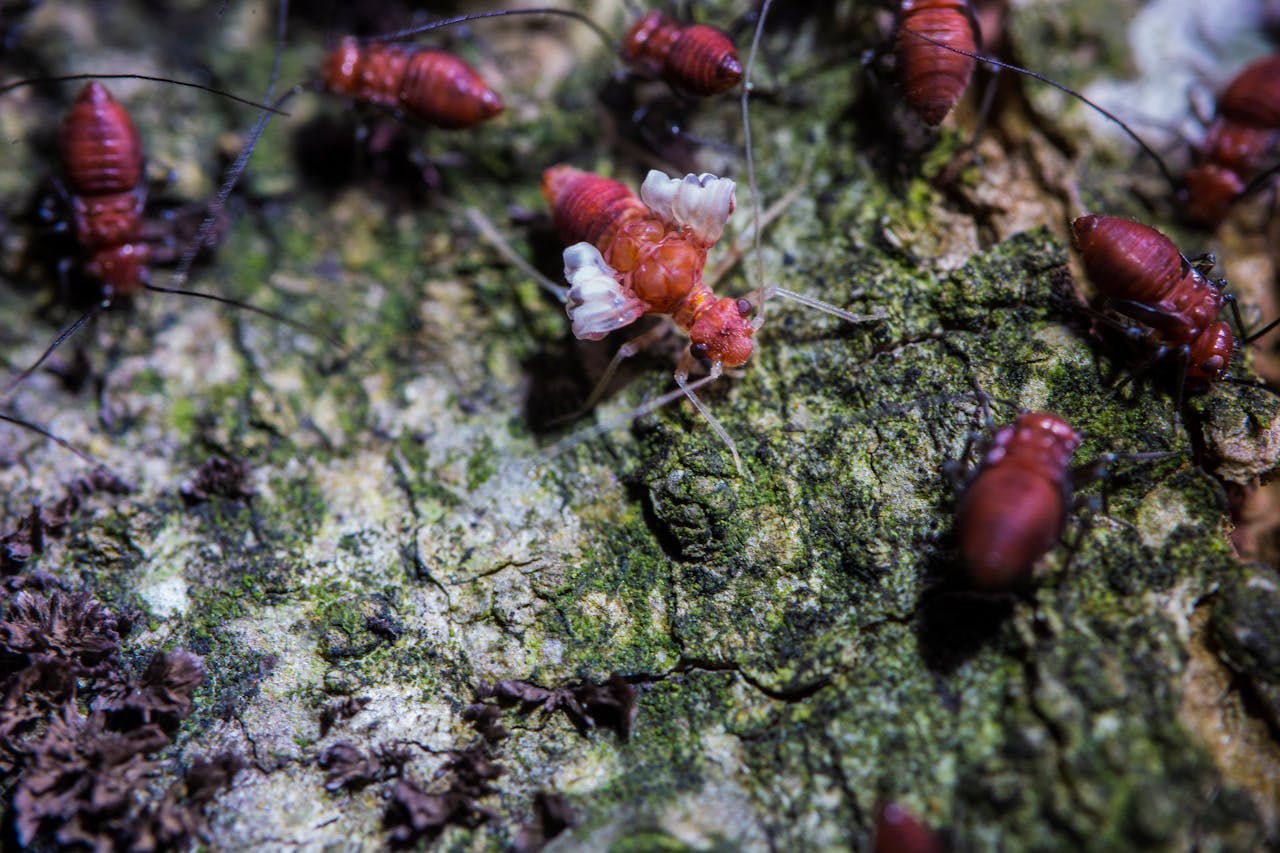
Image Source: Pexels
Your garden may look lush and peaceful, but it could be hiding a serious threat. Certain insects that live near your home’s foundation can cause extensive structural damage over time. This damage could cost you thousands of dollars if not caught. The warning signs are often subtle until repairs become urgent and expensive. Here are five common garden pests that might be silently eating away at your home’s most critical support system. Knowing what to watch for can help you catch problems before they escalate and protect your home’s long-term value.
1. Termites
Termites are the most infamous foundation destroyers. While they often start in wood mulch or tree stumps, they can easily tunnel toward your home. They then feed on structural wood. You might not notice them until significant and costly damage is done. Keep wood piles away from your foundation and watch for mud tubes on walls or in crawl spaces.
2. Carpenter Ants
These ants don’t eat wood, but they dig into it to build nests. As a result, they weaken beams and supports. Damp or rotting wood in garden borders, patios, or decks can attract them. If they make their way into your foundation or framing, they can cause major long-term issues.
3. Powderpost Beetles
These beetles lay eggs in exposed wood, and the larvae tunnel through the material as they grow. Over time, this can hollow out structural beams, floor joists, or wooden supports. They’re most often found in older or untreated wood near damp soil or shady garden areas. If you suspect Powderpost Beetles, look for tiny, round exit holes (1/16 to 1/8 inch wide) and fine, flour-like sawdust on wood surfaces. These are signs the larvae have tunneled out.
4. Moisture Ants
These small yellow ants are drawn to high-moisture environments, especially rotting wood. While they’re not aggressive, their presence is a sign of excess moisture and decay, which softens wood and makes it more vulnerable to bigger pests. They often nest under garden mulch or stones near the home’s edge. It’s important to always have a barrier between mulch and your home’s foundation.
5. Subterranean Nematodes (Termite Allies)
These microscopic worms don’t cause direct wood damage, but they help create the perfect moist soil environment for termites to thrive. It’s a red flag that the conditions around your home are too termite-friendly. If your garden soil stays damp, nematodes can attract other pests that do structural harm. Proper drainage and soil grading are essential to protect your home.
Avoiding Bugs That Could Cause Damage
A beautiful garden shouldn’t come at the cost of your home’s structural integrity. Regularly inspect the area around your foundation, keep wood and mulch at a safe distance, and call a pest expert if you suspect hidden activity. A little prevention now can save thousands in repairs later. Simple steps like improving drainage, sealing entry points, and trimming back overgrown plants can make a big difference. Don’t assume pests are only a problem inside; what’s happening just beneath your flowerbeds could put your entire home at risk.
Read More
10 Hidden Dangers Lurking in Your Backyard Mulch
How to Start a Frugal Grocery Garden for Less Than $20

Teri Monroe started her career in communications working for local government and nonprofits. Today, she is a freelance finance and lifestyle writer and small business owner. In her spare time, she loves golfing with her husband, taking her dog Milo on long walks, and playing pickleball with friends.
Leave a Reply